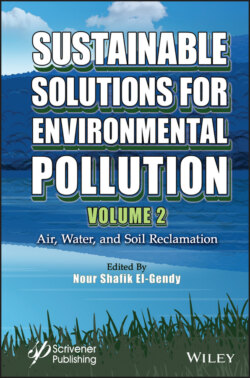Читать книгу Sustainable Solutions for Environmental Pollution, Volume 2 - Группа авторов - Страница 33
1.8 Phycoremediation
ОглавлениеPhycoremediation is a biological clean-up technology involving the use of microalgae (in fact, algae and cyanobacteria) for the biological transformation of contaminants, including nutrients such as mineral and organic C, P, N, S, heavy metals, and emerging contaminants (Guleri et al., 2020; Leong and Chang, 2020). During the process of phycoremediation, algae utilize nutrients (N and P), C, and other salts from the wastewater for their growth. The clean-up process has been a research subject for many decades (Oswald, 1995). Algae are also used for their ability to oxygenate the environment due to photosynthesis (Hernandez et al., 2006). Macrophytes and algae are often associated, voluntarily or not, in SFS-CWs. In some cases, algae are considered a public health concern due to the secretion of harmful toxins, cf. § 1.12.5 (Lee et al., 2017) and the algae over-development should be controlled (West et al., 2017).
